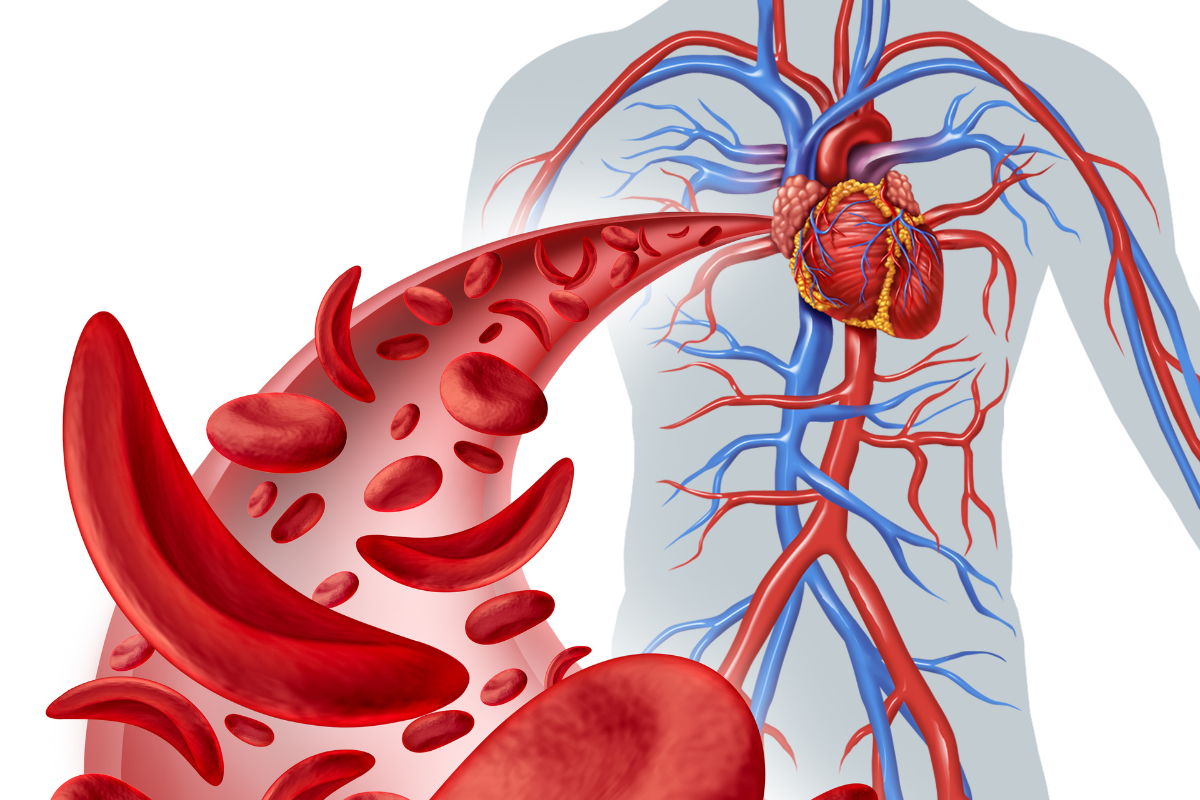Enhancing Gene Editing Efficiency: Multi-Tailed mRNA Integration in CRISPR-Cas9 Systems

Creating Multi-Tailed mRNA
There is a growing expectation that mRNA will have broad therapeutic applications following its success and essential role in multiple COVID-19 vaccines. To build on mRNA's therapeutic potential, scientists from the Broad Institute and MIT engineered multi-tailed mRNAs.
Their mRNA boosted mRNA activity levels in cells by as much as 20 times. Furthermore, their experiment showed that the mRNA lasted 2-3 times longer in animals in comparison to unmodified mRNA.
The poly(A) tail of mRNA plays a vital part in protecting mRNA from degradation. Xiao Wang, Assistant Professor of Chemistry at MIT, and her research group showed that chemically modifying the poly(A) tail using deadenylase-resistant oligonucleotides slowed the natural decay of mRNA and improved protein production making them useful for various therapies.
Researchers hypothesised that engineering a more complex mRNA structure with multiple modified poly(A)tails instead of a single tail would enhance the therapeutic effects. According to a paper published in Nature Biotechnology, Wang, expressed the importance of modifying mRNA by stating that non-natural structures can function much better than naturally occurring ones.
The team tested the multi-tailed mRNAs in human cell lines. The outcome showed that these mRNA sustained mRNA translation significantly longer than natural mRNA and mRNA-oligo conjugates (mocRNA), producing 5 - 20 times more proteins per dose over time.
RELATED:
- Abundant Stochastic Off-Target Activity by Base Editors
- When to Cut and When to Inhibit? A Low-Throughput, Hands-On Investigation Of CRISPR-Cut and CRISPRi Efficiencies In iPSC And Neural Cells
- Cell Line Engineering
Researchers took the experiment a step further by using the multi-tailed mRNA to encode the Cas9 protein as part of a CRISPR gene-editing system and tested it in mice models. They used the gene editor to edit 2 genes implicated in high cholesterol - Pcsk9 and Angptl3.
Results showed that a single dose of multi-tailed Cas9 mRNA induced high levels of gene editing and a lower cholesterol level in the mice's bloodstream compared to the control.
Challenges
The positive results of testing in human cell lines and mice have boosted researchers' confidence regarding the potential for using their engineered mRNAs in therapies that edit genes or replace faulty proteins. However, this study is in its infancy and still faces several significant obstacles.
The main challenge involves striking a balance between therapeutic stability and activity. The mRNA in COVID-19 vaccines was effective because only a small amount was needed.
However, for that same type of mRNA to produce enough proteins to treat diseases that disrupt the regular production of essential proteins, a much larger dose would be needed which could produce toxic side effects.
This group of researchers aim to address logistical challenges. For example, they will focus on making the multi-tailed mRNA synthesis process more scalable and tweaking the purification process.
Conclusion
To conclude, this case study shows the potential of modifying mRNA to enhance therapeutic outcomes. Combining gene editing techniques such as CRISPR-Cas9 with mRNA modification could have a significant impact on treating complex genetic diseases.





